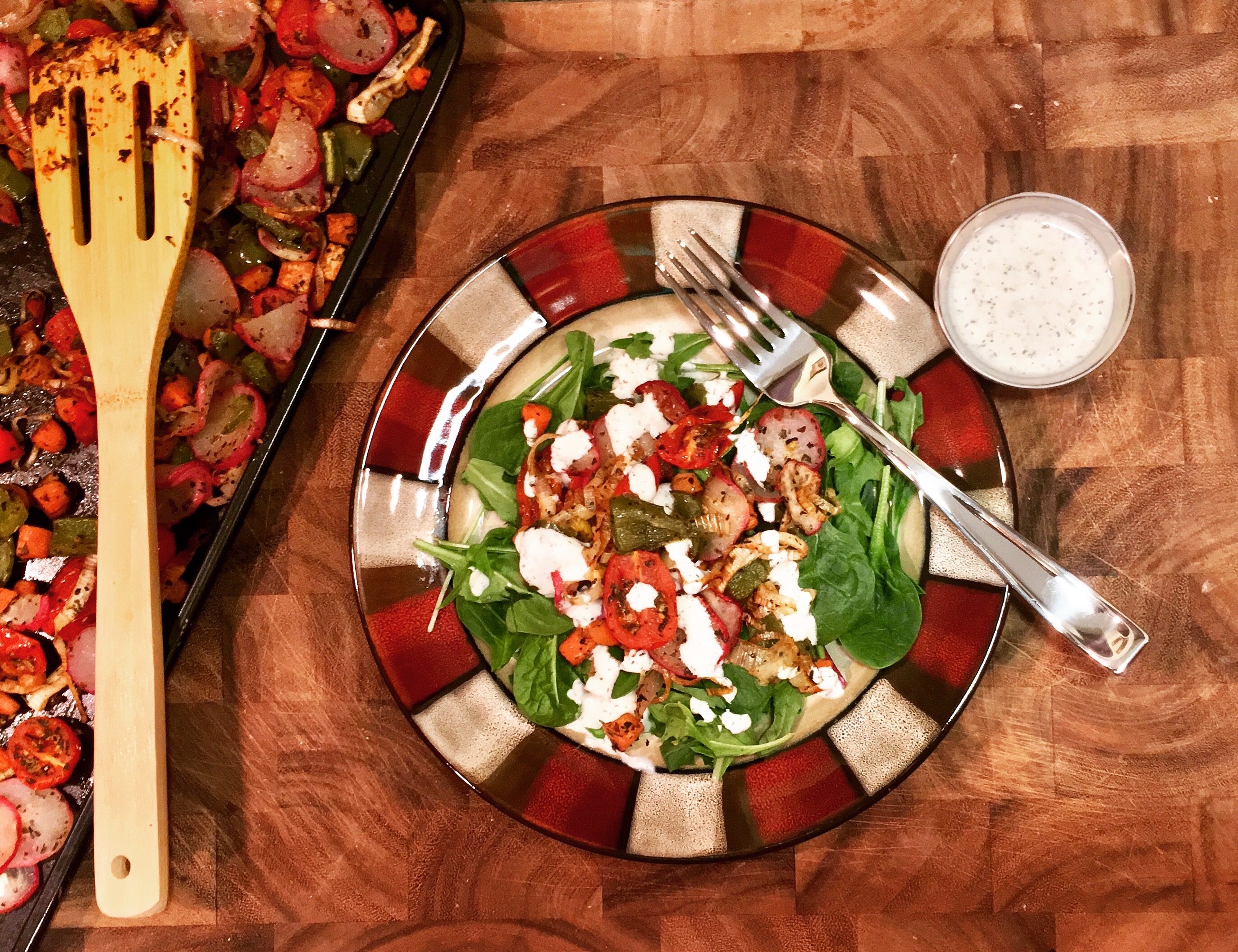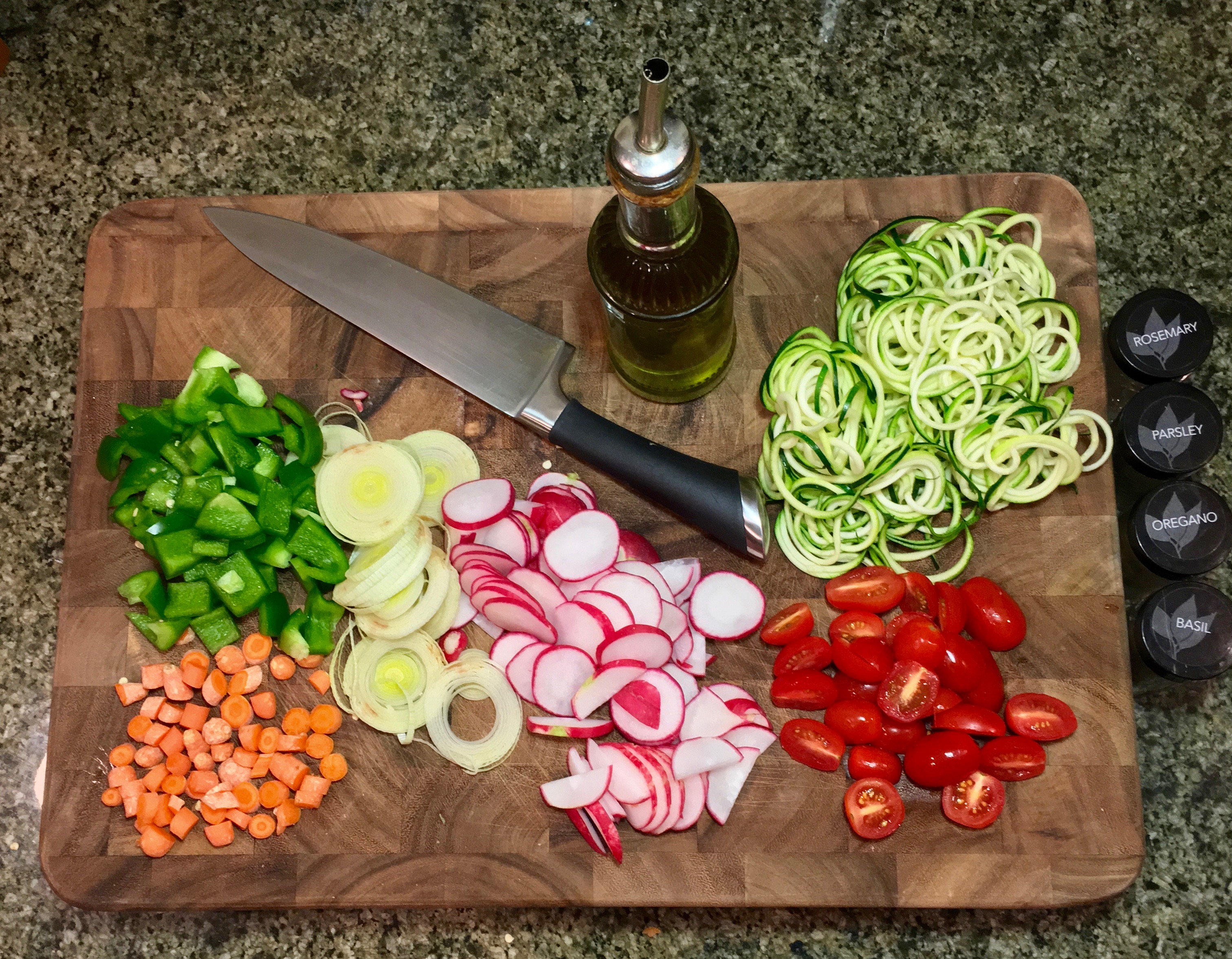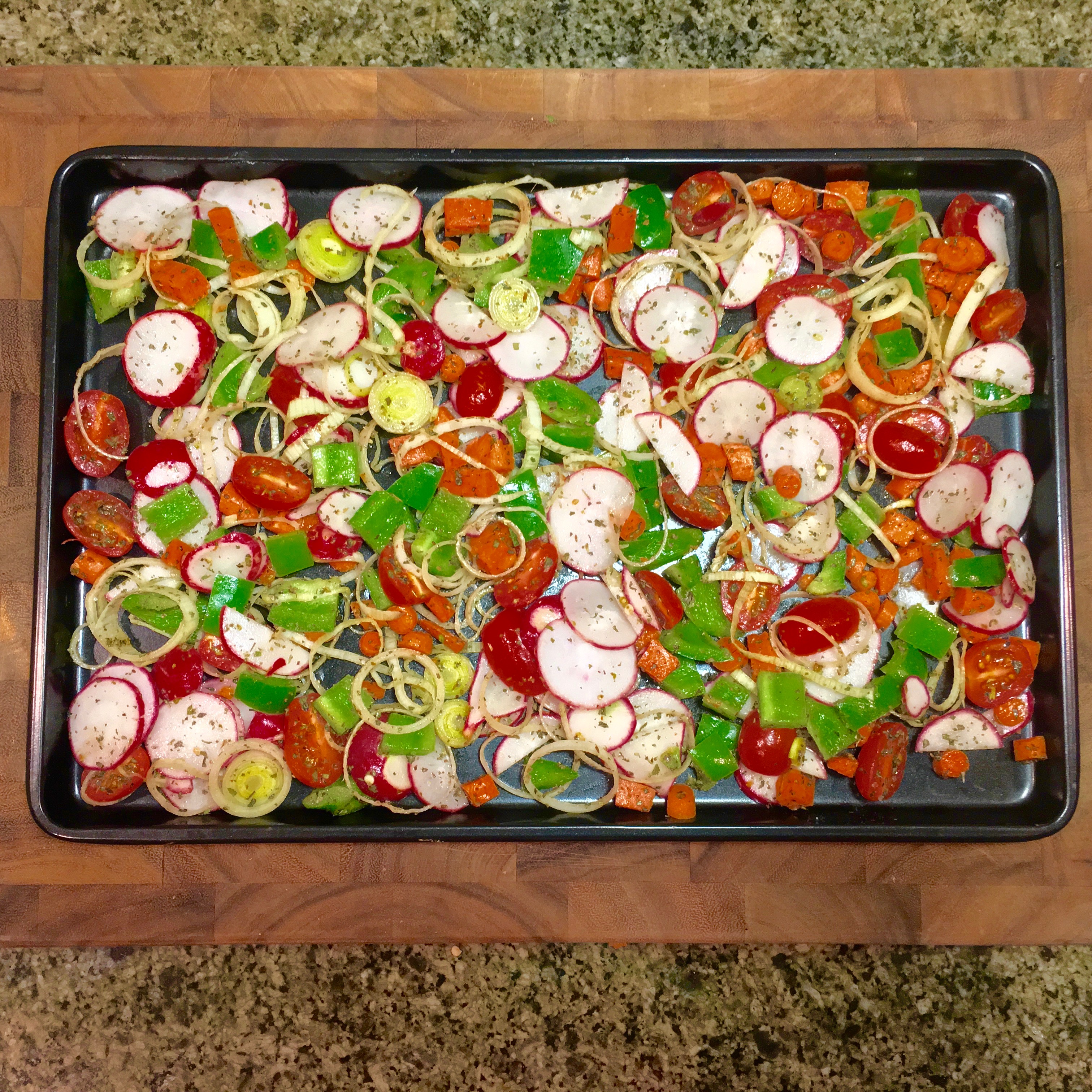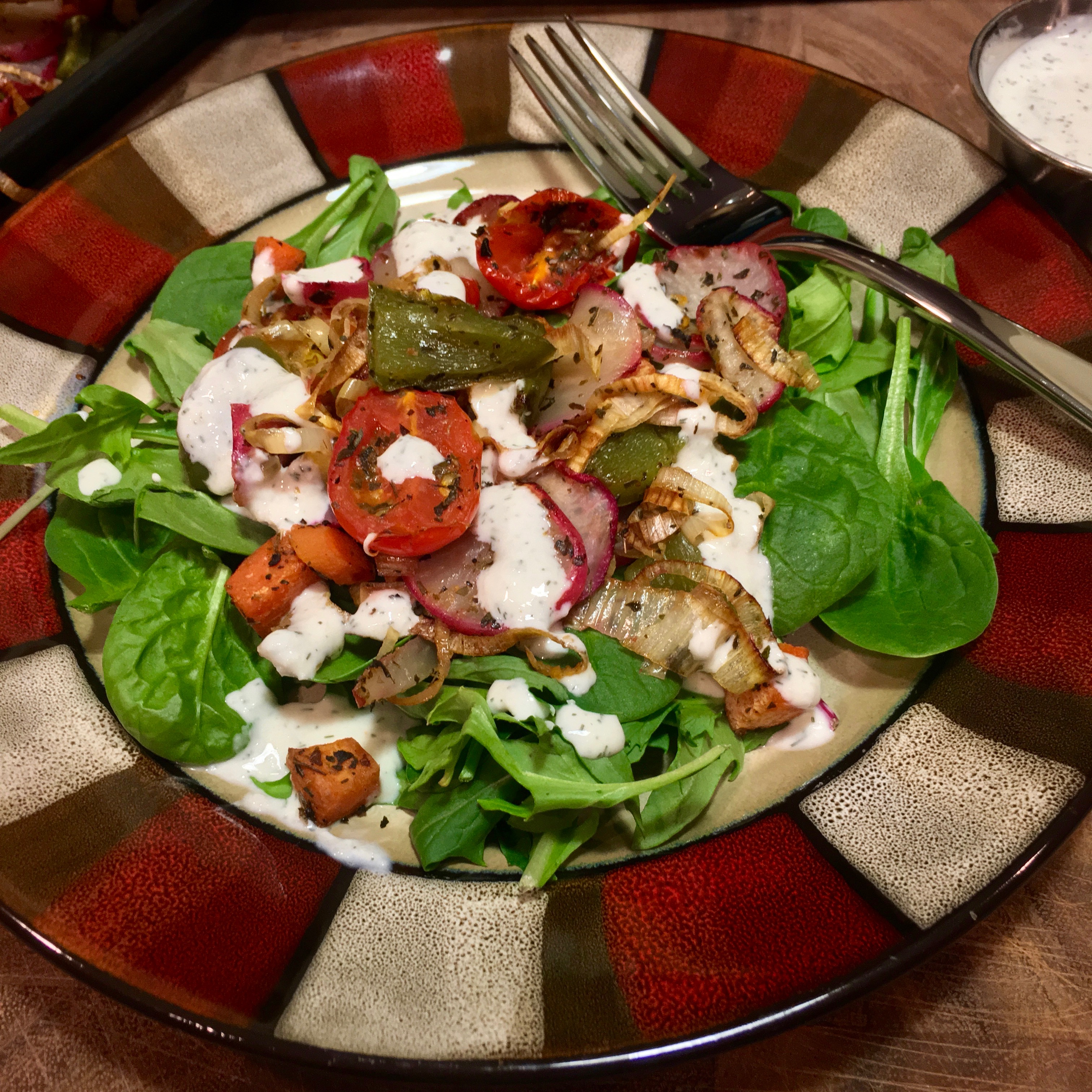
Over the last couple of years, Buzzfeed has been doing a great job in making cooking easier and more accessible for those too afraid to try, thanks to their Tasty videos. When these videos first came out, I would only salivate over them and watch enviously, without bothering to try them out myself because I figured the process couldn’t possibly be as easy as the videos make it seem.
That’s changed this year, for a few reasons. First, as I mentioned in an earlier post, now that my husband and I are finally living together, we’re hosting our friends more and I’m cooking more often at home, so I am trying to keep meals interesting for the people eating it. Second, I’m trying to become more versatile as a cook myself by trying new recipes, to keep it interesting for myself! Third, Tasty now has Goodful, Tasty Vegetarian and Tasty Vegan, which offer a plethora of healthy recipes I can finally try without having to mentally make substitutions for meat (though I still watch the regular videos for ideas too).
So now, when a video pops up on my feed and it looks good, I save it for later and use it as inspiration when I’m in a rut.
Recently, a Roasted Vegetable Salad video popped up on my Facebook feed, and it looked so delicious and easy that I decided to follow the basic concepts of it while using whatever ingredients I had at home. The Tasty recipe used red bell pepper, butternut squash, and brussel sprouts; I had in my fridge a green bell pepper, leeks, radishes, carrots and grape tomatoes. My salad was going to look nothing like the one in the video, but I didn’t mind, because it still made use of some vitamin-rich veggies and a low-fat, creamy dressing.

Method:
While letting the oven preheat to 400°, I chopped up the veggies, tossed them into a large bowl with olive oil and seasoning like dried oregano, parsley, basil, rosemary, salt, and pepper. Once the vegetables were evenly coated, I poured them onto a baking sheet evenly and popped them in the oven to let them roast for about 30-40 minutes. It didn’t even take me the full 40 minutes to get the veggies roasted because I had chopped them smaller, so I would suggest watching them perhaps every 5-10 minutes after 25 minutes depending on how small or thinly you sliced your vegetables (smaller, thinner=less time, chunkier=more time), though the larger the pieces are, the greater the nutritional benefits from roasting.

Roasting v. Baking
In case, like me, you ever wondered what the difference between baking and roasting was, there are a few definitions out there, but one thing is certain: both methods use dry heat. From what I’ve read across cooking blogs, roasting refers to uncovered food that already has a solid structure, typically associated with meat or vegetables, and the cooking starts off at high heat and is later reduced — though there seem to be mixed opinions on whether the heat intensity is crucial to be defined as “roasted.” Meanwhile baking is for food that is not solid, such as cakes or muffins — essentially foods that expand as they are cooked.
And don’t worry that cooking your vegetables in high heat will make them lose their nutritional value: While that can be true, particularly in the case of water-soluble vitamins like vitamins B and C, keep in mind that cooking some vegetables actually allows your body to better absorb their cancer-fighting antioxidants, some of which would be harder to absorb if eaten raw. For instance, in my case, the cooked tomatoes were more likely to provide higher levels of lycopene — which may have cardiovascular and cancer-fighting benefits, and the cooked carrots could provide higher levels of carotenoids, also rich in antioxidants, according to New York Times wellness blogger, Roni Caryn Rabin. Also, cutting them into coarse, large chunks and with their peels on is better than peeling and chopping them small.
Leek and Dill Dressing
I didn’t have an avocado on hand, but I was determined to make a low-fat, protein-rich dressing to top off the salad. Therefore, I used the bottom root portions of two leeks that I had leftover from the leek and spinach pie I had made earlier. I sliced them up and sauteed it a bit in a pan until they softened and turned more translucent and yellow. Then, I poured them into my handheld blender cup with about 1 cup of Greek Chobani plain nonfat yogurt and 1/2 cup of water. I sprinkled in two pinches of sea salt and 2 teaspoons of dried dill, and blended it all together. This dressing turned out to be so delicious and satisfying that I plan to just make a batch and save it to use a lot more for salads and even as a dip in the future. What I love most is that it’s low in fat and still provides a rich, creamy taste.
Buzzfeed may have pegged this as a recipe to impress dinner guests, but for me this was just a simple, solo dinner at home on a Sunday night.

One Comment
Comments are closed.











Yum!!